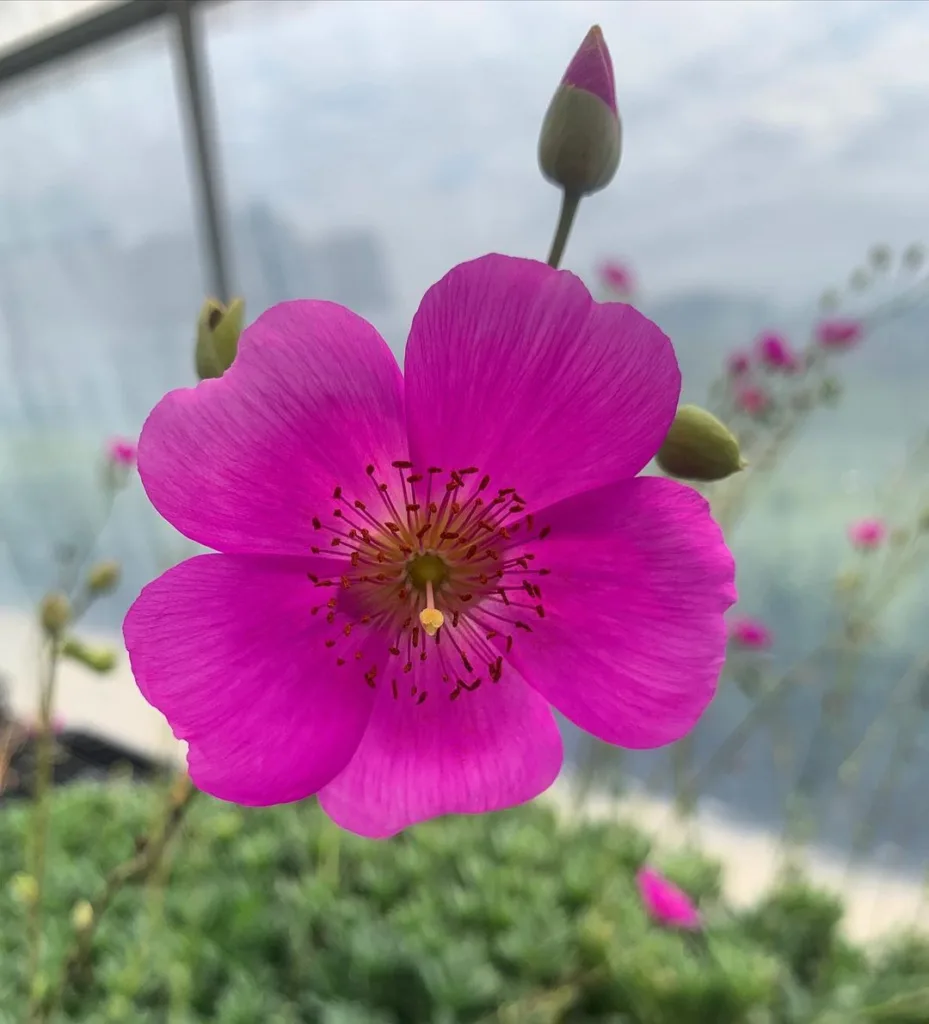
A Garden Triumph: The Allure of Leucospermum Cordifolium
Few shrubs can compete with the captivating charm of the Leucospermum cordifolium. Nicknamed the Nodding Pincushion for its resemblance to a flower-filled sewing tool, this South African native boasts a mesmerizing display of color and form. Its large, globe-shaped flower heads, ablaze in shades of orange, crimson, or even soft pink-yellow, nod gracefully from atop long stems, transforming any garden into a vibrant spectacle. But Leucospermum cordifolium’s allure extends beyond its captivating blooms. This evergreen shrub boasts lush, green foliage that adds year-round interest, making it a true garden gem.
For me, Ferb Vu, the journey with Leucospermum cordifolium began with a chance encounter at a local flower show. Entranced by its otherworldly beauty, I knew I had to bring this botanical wonder into my own garden. However, my initial excitement was tempered with a healthy dose of trepidation. After all, I’m no seasoned gardener. But with a little research and a lot of enthusiasm, I embarked on a mission to cultivate this captivating shrub.
48 Species in Genus Leucospermum
How to Choose the Perfect Leucospermum Cordifolium?
The first step in welcoming Leucospermum cordifolium into your garden is selecting the right specimen. Look for a healthy plant with vibrant green foliage and firm stems. The flower buds should be plump and unopened, promising a future explosion of color. Avoid plants with wilting leaves or discolored flowers, as these could indicate underlying problems.
How to plant Leucospermum Cordifolium?
Leucospermum cordifolium thrives in sunny locations with well-draining soil. Amending your existing soil with sand or perlite can enhance drainage if necessary. Remember, these South African natives despise soggy roots. When planting, ensure the root ball sits slightly above the surrounding soil level to further prevent waterlogging.
Watering Wisely: Keeping Your Leucospermum Cordifolium Hydrated
Leucospermum cordifolium is surprisingly drought-tolerant once established. Deep watering every few weeks, especially during the hotter months, is sufficient. However, avoid creating a constantly moist environment. Allow the soil to dry slightly between waterings.
Feeding for Flourishing Blooms: Fertilizing Your Leucospermum Cordifolium
While Leucospermum cordifolium isn’t a heavy feeder, a light application of a balanced fertilizer specifically formulated for proteaceae plants during the spring growing season can encourage vibrant blooms.
How to Prune Leucospermum Cordifolium?
Leucospermum cordifolium requires minimal pruning to maintain its natural, bushy form. However, removing spent flower heads just below the faded blooms encourages new growth and promotes continued flowering throughout the season. Additionally, if any branches become unruly or detract from the overall shape, prune them lightly just after flowering.
What to Plant with Leucospermum Cordifolium?
Leucospermum cordifolium pairs beautifully with other Mediterranean plants that share similar sun and drainage requirements. Consider low-growing lavender varieties, vibrant red Salvias, or even ornamental grasses to create a textural contrast.
Beyond the Bloom: Propagating Leucospermum Cordifolium
The magic of Leucospermum cordifolium can be shared by propagating new plants. This can be done through seed or semi-ripe cuttings. Seed propagation requires patience, as germination can take several months. Taking cuttings during the late summer months offers a faster option.
Potential Pitfalls: Common Problems with Leucospermum Cordifolium
While generally a trouble-free addition to the garden, Leucospermum cordifolium can be susceptible to fungal diseases in overly moist conditions. Ensuring proper drainage and avoiding overhead watering can help prevent these issues.
With a little TLC, Leucospermum cordifolium will reward you with a dazzling display of color and form for years to come. So, embrace the challenge, and bring a touch of South African magic into your own garden.
If i die, water my plants!



